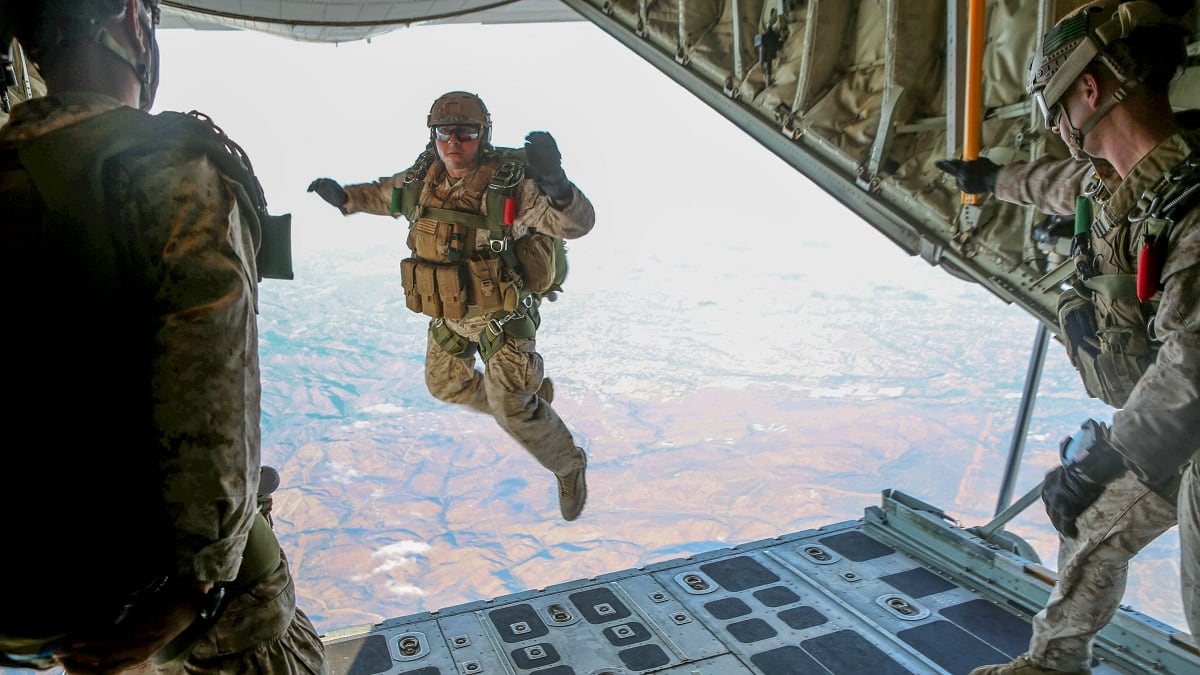The Marines want a faster, more stable way to get combatant divers moving through the water on autopilot.
Marine Corps Systems Command officials recently posted a request for information from industry to enhance their existing diver propulsion device.
The Corps wants the changes to increase performance of the device, which has been in the Marine Corps' inventory since 2005.
The old gear required modifications as recently as two years ago due to problems Marine divers were seeing when they tried to use the system. Most Marines with combatant diver certification are either in the Marine Corps Forces Special Operations Command or amphibious reconnaissance communities.
RELATED

“A lot of Marines don’t use it because it doesn’t perform the way they want it to,” at the time said Jake Feeney, lead engineer for boat and dive equipment for the Reconnaissance and Amphibious Raids Team at MARCORSYSCOMM.
“By putting the upgrades out there and saying, ‘This isn’t the DPD you’re used to; this is something better,’ we’ll hopefully get them back to using it and training on it," Feeney said in the release.
The team tested an upgraded version of the DPD with a brushless motor and new bow plane configuration in 2016 to improve on stability problems divers reported when changing depth or direction.
The posting for the enhanced DPD or E-DPD has specific requirements for weight, speed and operability.
As with current configurations, it must carry two divers in SCUBA gear with two, 100-pound rucks.
It has to run a minimum distance of 5 nautical miles with 180 minutes while carrying a 700-pound payload.
The system needs to weigh no more than 275 pounds and be rugged enough to drop from a helicopter for helocast operations, which drop from about 10 feet altitude at 10 knots speed.
It should emit no bubbles within five minutes of submersion.
They also want the E-DPD to be capable of autonomous navigation. That way the diver can plug in preset waypoints and the system will control depth and heading, but the operator can still turn the autonomous features on and off manually.
The autonomous operation feature must include obstacle avoidance.
It’s not a complete overhaul, though. Officials still want the enhanced version to fit within the current device’s shell and use the Brentronic battery that’s used with the existing system.
Marines expect to buy between 20 and 115 of the E-DPDs over the course of the contract. They want the information by November 30.
Todd South has written about crime, courts, government and the military for multiple publications since 2004 and was named a 2014 Pulitzer finalist for a co-written project on witness intimidation. Todd is a Marine veteran of the Iraq War.





